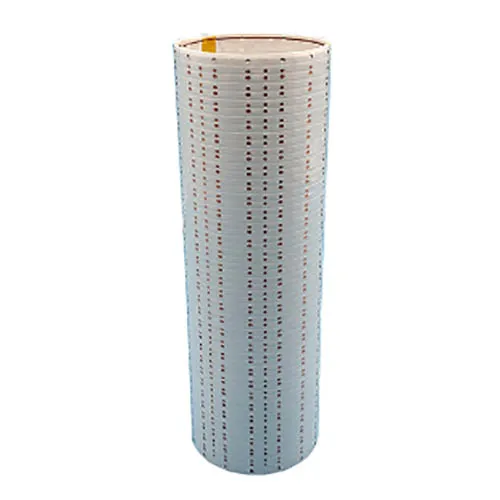
Rigid PCB, often just called PCB, is what most people think of when they imagine a circuit board. These boards connect electrical components using conductive tracks and other components arranged on a non-conductive substrate. On rigid circuit boards, the non-conductive substrate often contains glass cloth, which strengthens the board and gives it strength and stiffness. Rigid circuit boards provide good support for components and provide good thermal resistance.
Although flexible PCBs also have conductive traces on a non-conductive substrate, this type of circuit board uses a flexible substrate such as polyimide (PI). The flexible base allows the flexible circuit to withstand vibration, dissipate heat and fold into various shapes. Due to their structural advantages, flexible circuits are increasingly used as an option in compact devices such as smart wearables, mobile phones, and cameras.
In addition to the material and rigidity of the base layer, significant differences between PCBs and flex circuits include:
1. Conductive materials: Because flexible circuits must bend, manufacturers may use softer roll-annealed copper instead of conductive copper.
2. Manufacturing process: Instead of using solder resist, flexible PCB manufacturers use a process called cover film or overlay to protect the exposed circuit graphics of the flexible PCB.
3. Cost: The cost of flexible circuits is usually higher than that of rigid circuit boards. However, because flexible circuit boards can be installed in compact spaces, engineers can reduce the size of their products, resulting in indirect cost savings
